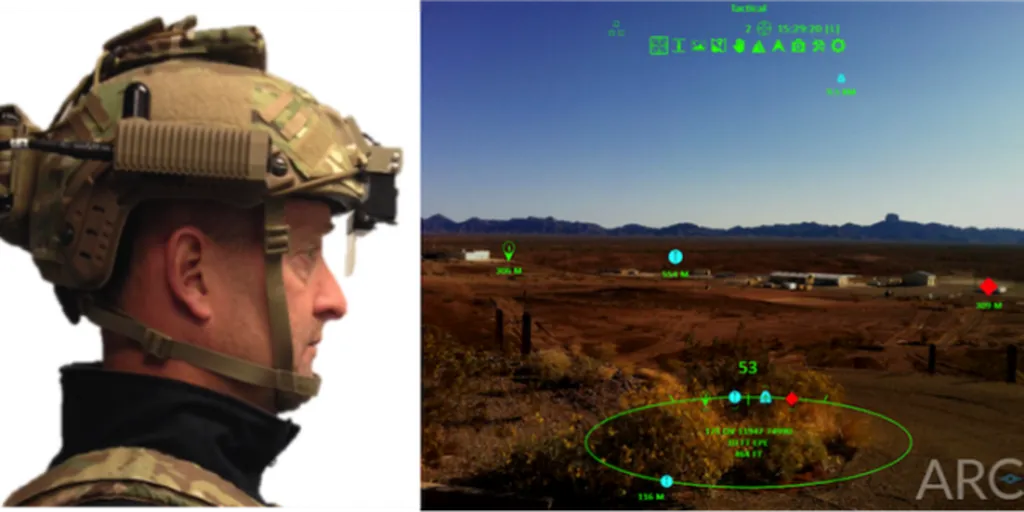Researchers from the U.S. Army Combat Capabilities Development Command’s Army Research Laboratory (ARL) have expanded the application of game theory to military scenarios, offering new insights into how soldiers might gain a tactical advantage in future combat environments. Derrik E. Asher, Erin Zaroukian, and Sean L. Barton have built on decades of research into predator-prey dynamics to develop a computational multiagent system that simulates highly dynamic, tactical edge scenarios.
The predator-prey pursuit problem, first adapted for cooperative behavior analysis in 1985, has long served as a framework for understanding how variations in predator and prey attributes—such as communication and movement—affect interactions within a given environment. The ARL team has taken this foundational work a step further, introducing additional modifications to predator and prey characteristics in simulated multiagent systems. Their research explores how these adaptations influence outcomes in military-relevant scenarios, where soldiers must navigate unpredictable and rapidly changing conditions.
By modeling these dynamic environments, the researchers aim to provide soldiers with a strategic edge in future combat operations. The simulations allow for the exploration of various tactical edge scenarios, where soldiers might encounter unpredictable and rapidly evolving threats. The goal is to enhance soldiers’ ability to achieve overmatch—achieving a decisive advantage over adversaries—by leveraging computational multiagent systems to anticipate and respond to complex battlefield dynamics.
The research not only advances theoretical understanding but also offers practical applications for military training and strategy development. By simulating a range of possible combat situations, soldiers can better prepare for the challenges they may face, ultimately improving their readiness and effectiveness in real-world operations. The work underscores the importance of adaptive, data-driven approaches in modern warfare, where the ability to quickly assess and respond to changing conditions can mean the difference between success and failure.
As the military continues to invest in cutting-edge technologies and simulation-based training, the insights gained from this research could play a crucial role in shaping future combat strategies. The ARL team’s contributions highlight the potential of game theory and computational modeling to enhance military decision-making, ensuring that soldiers are better equipped to handle the complexities of modern warfare. Read the original research paper here.

